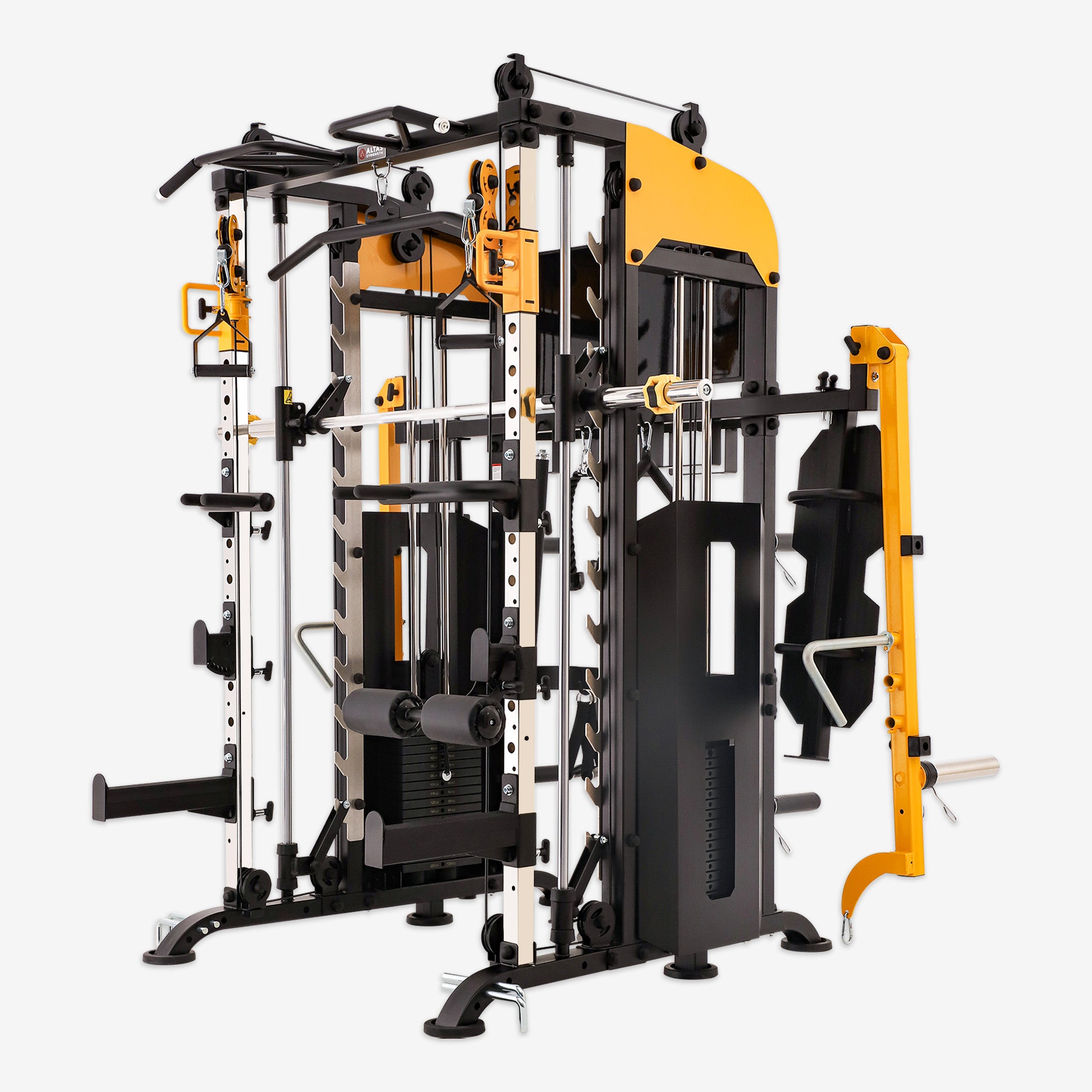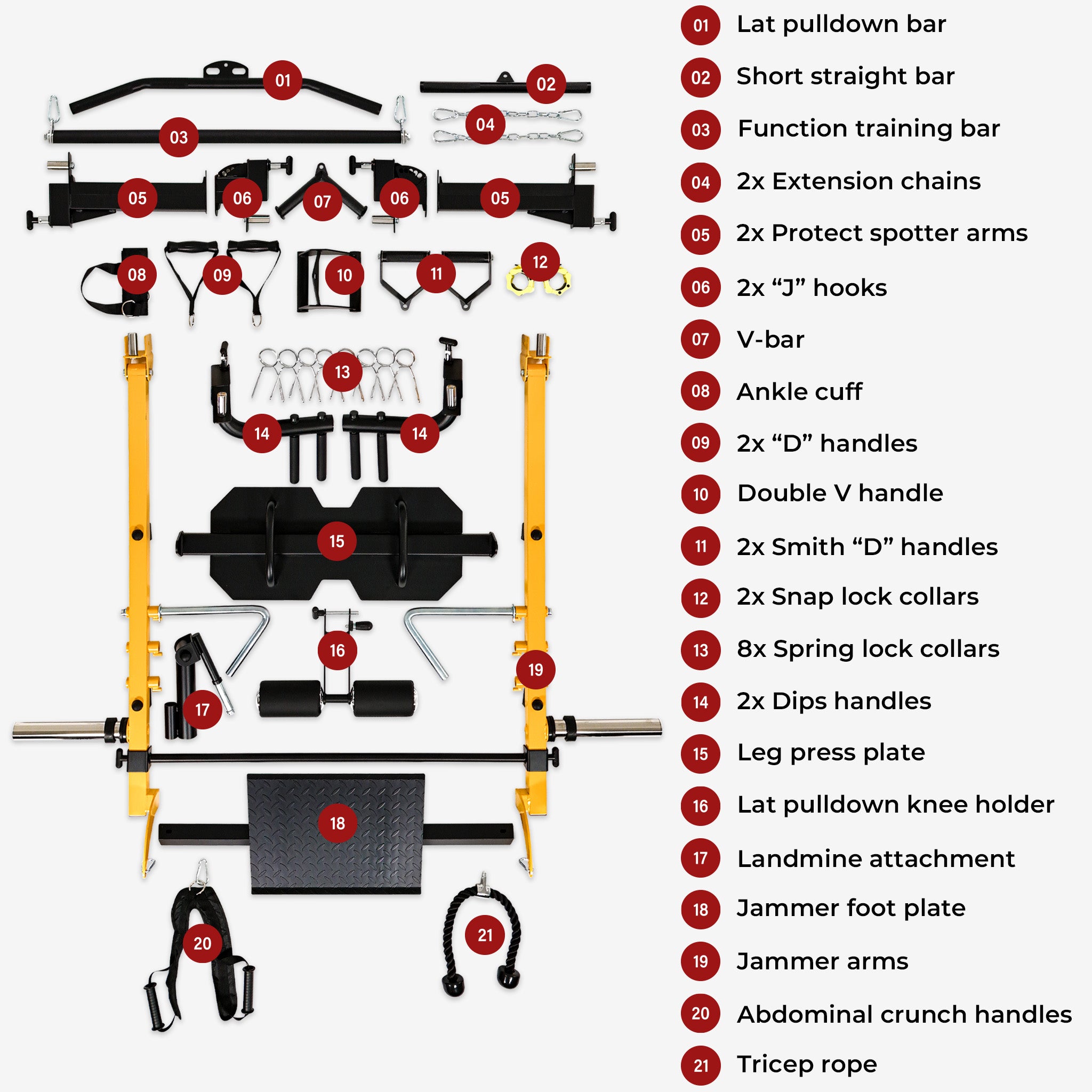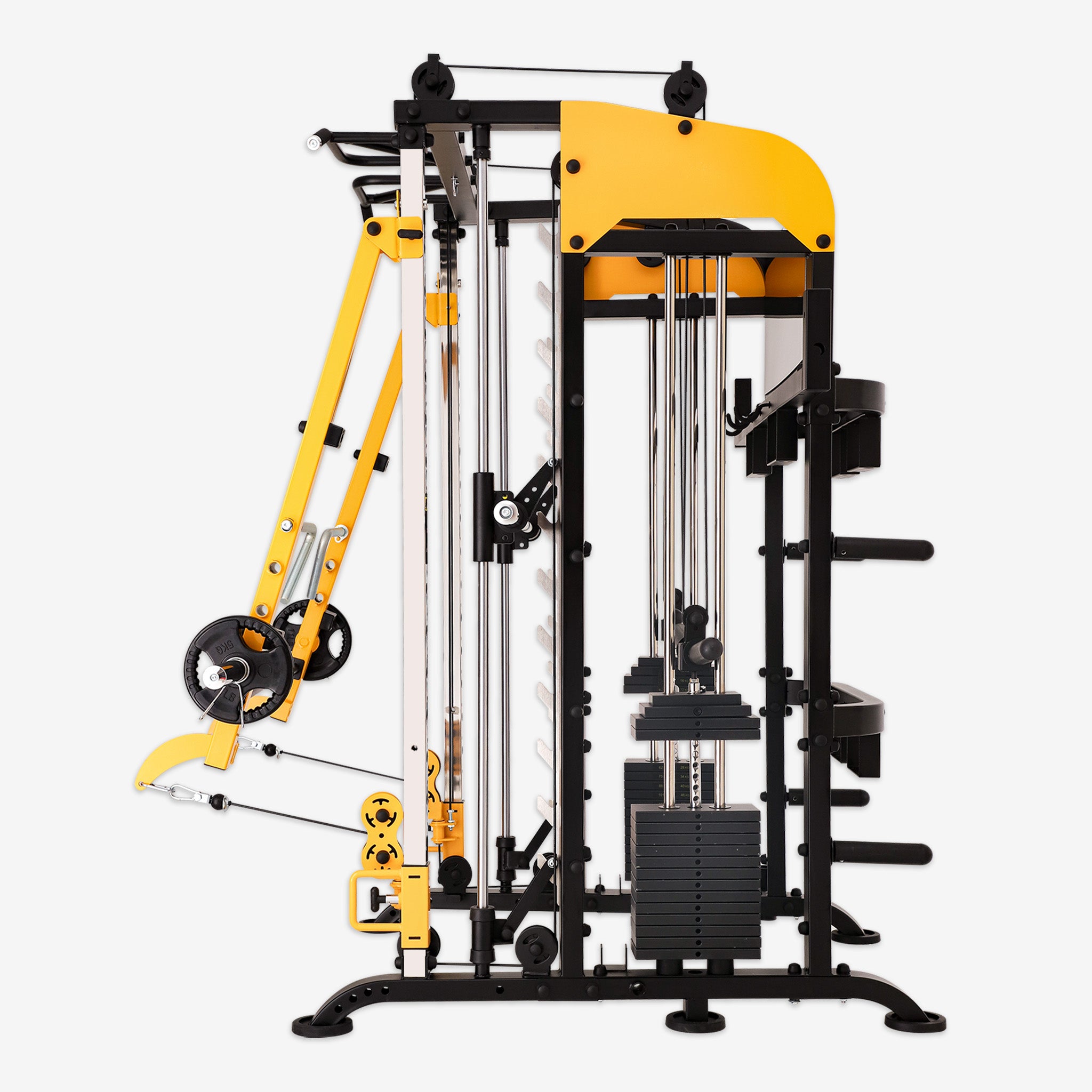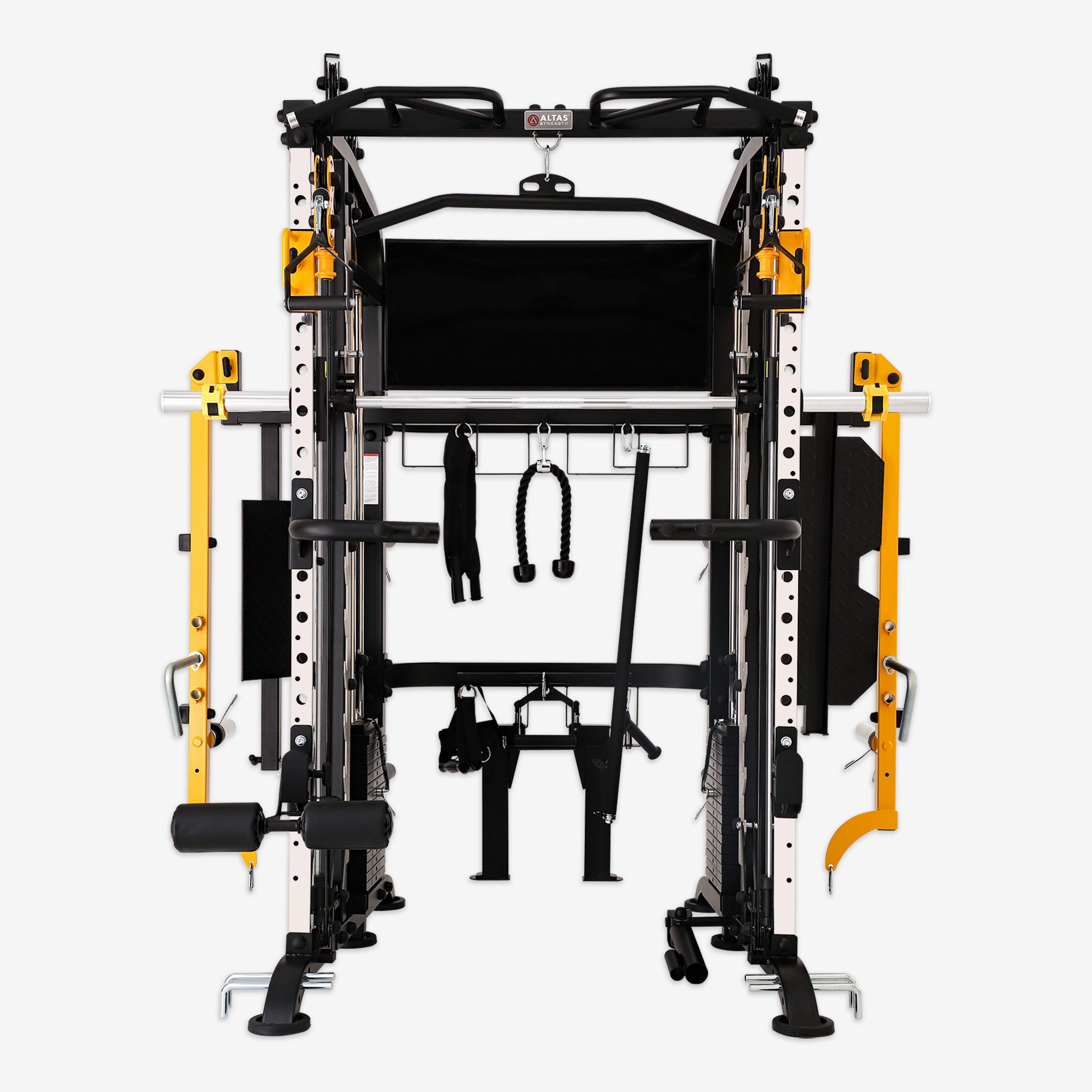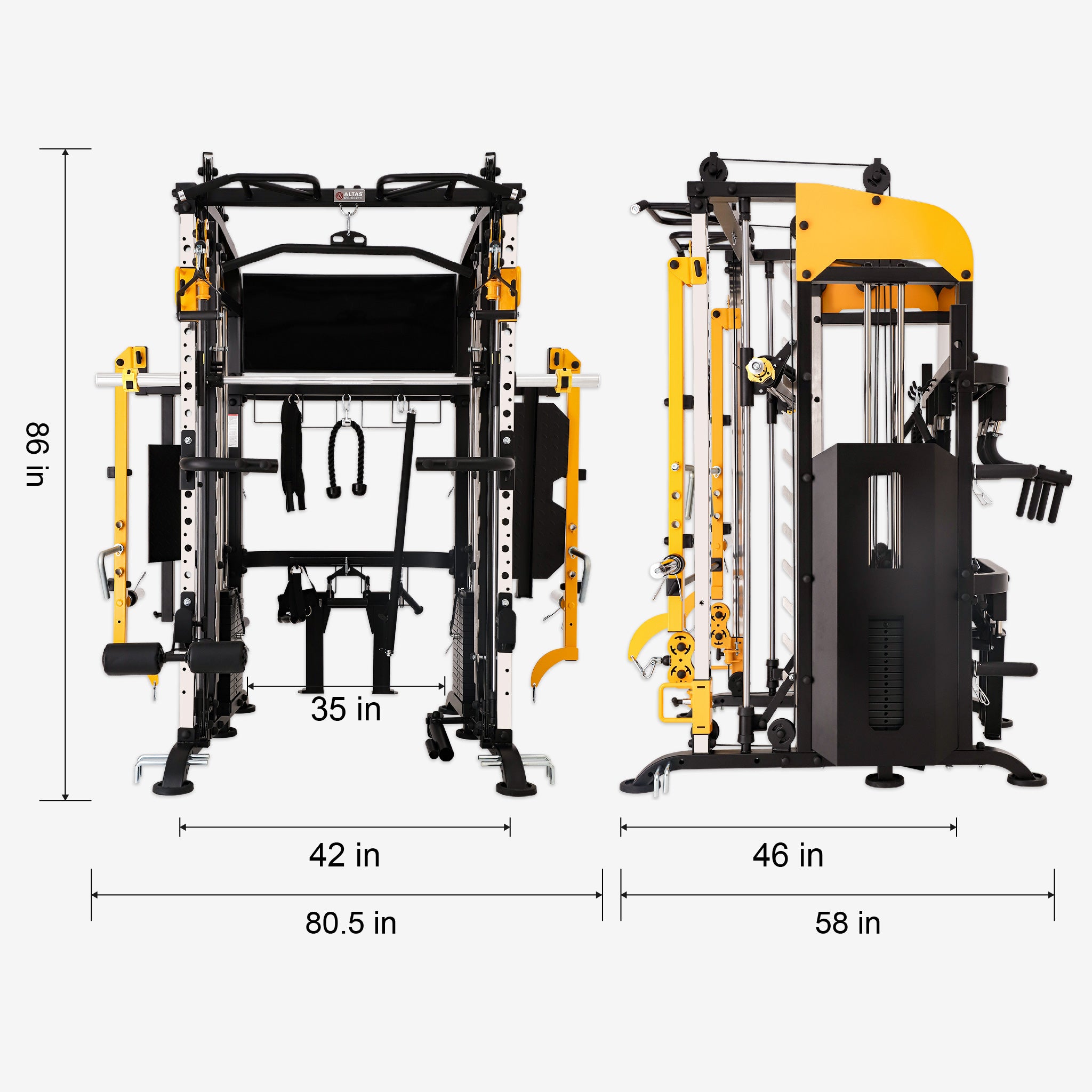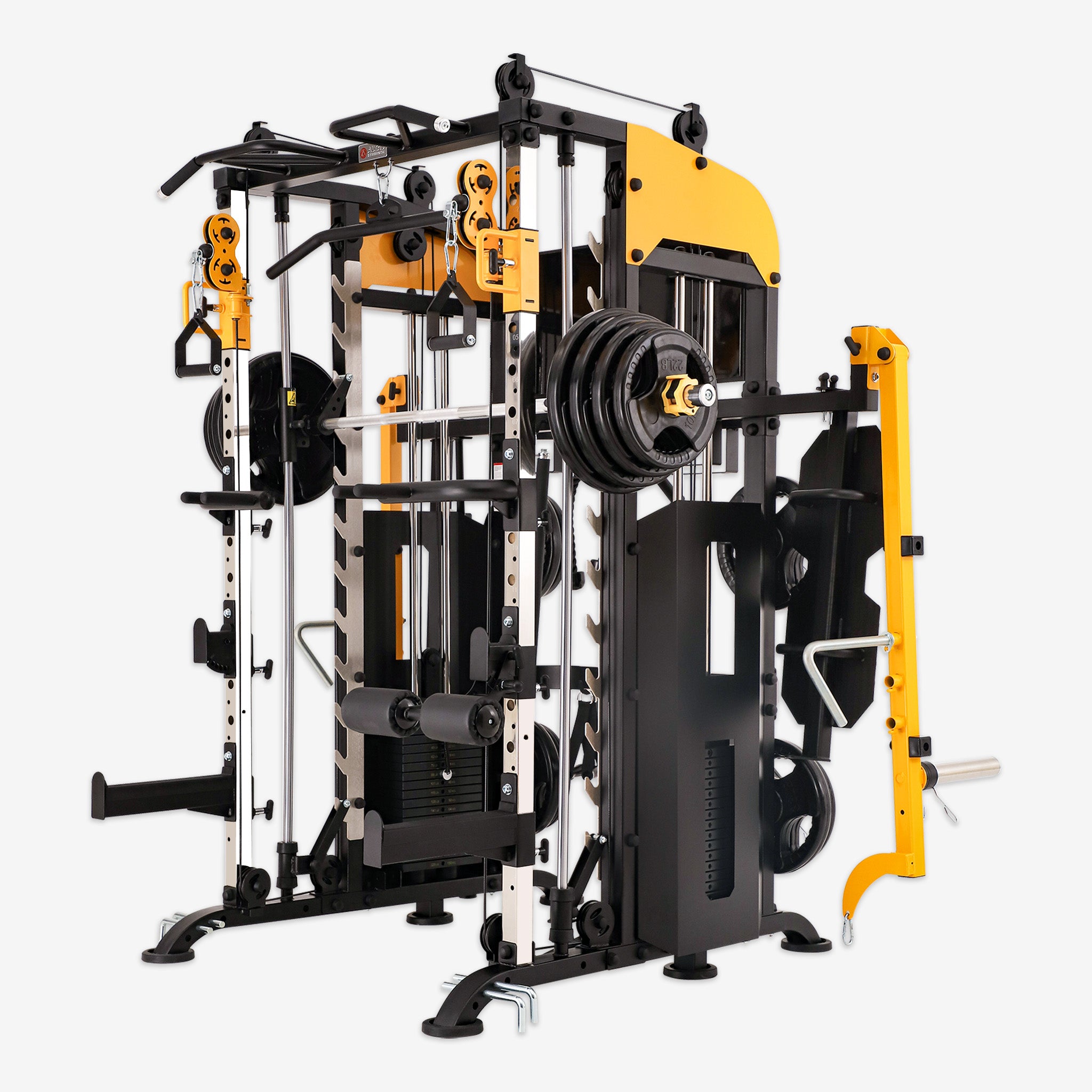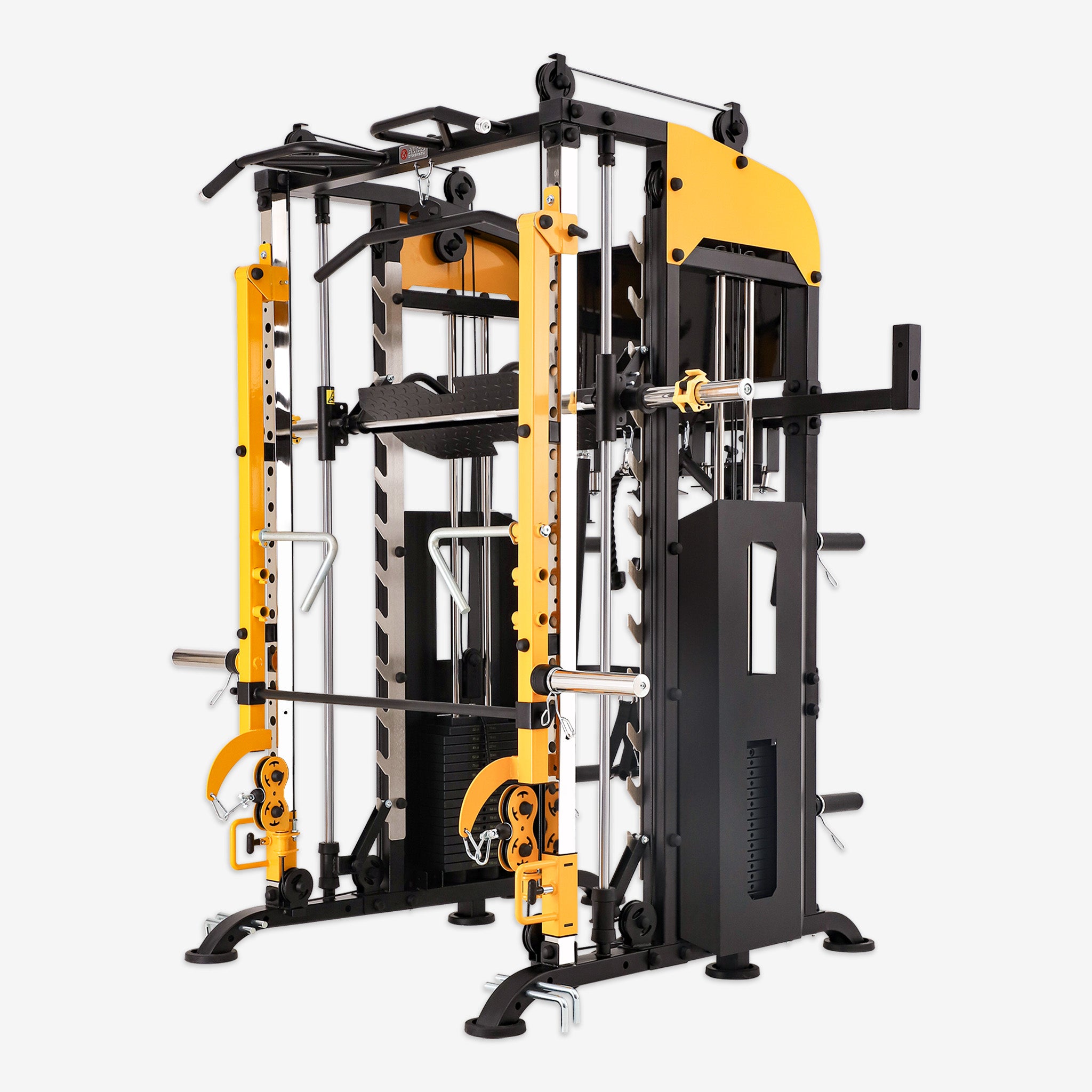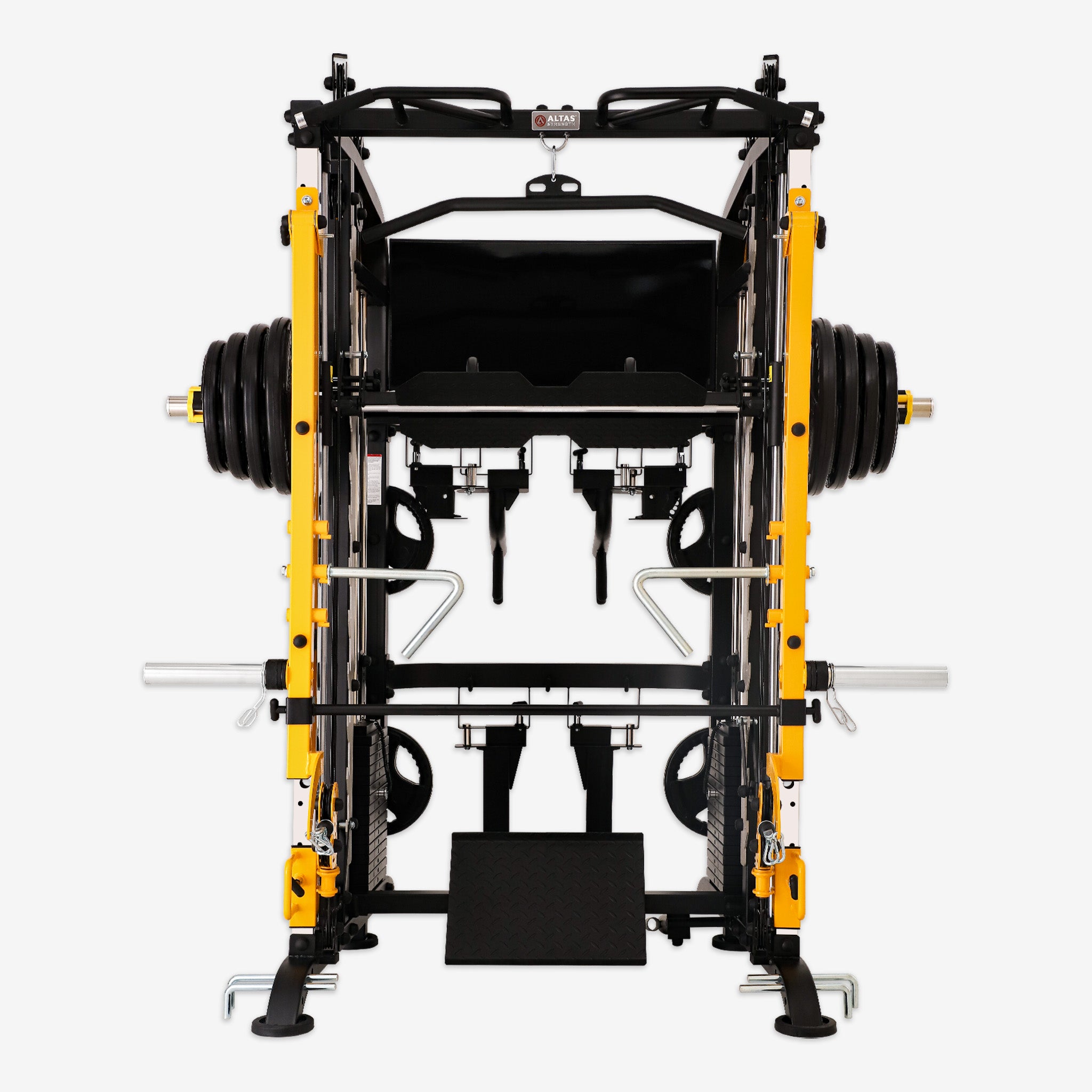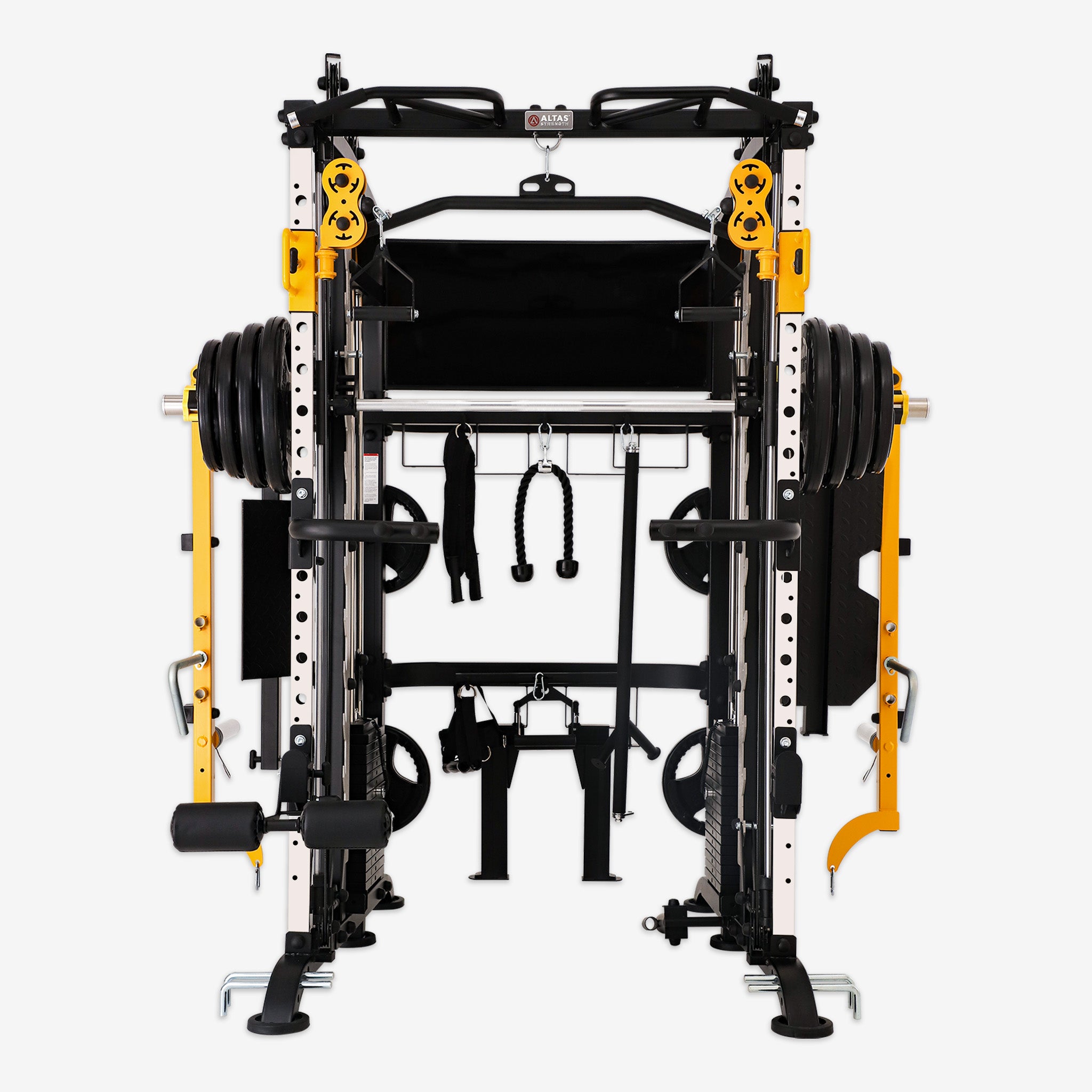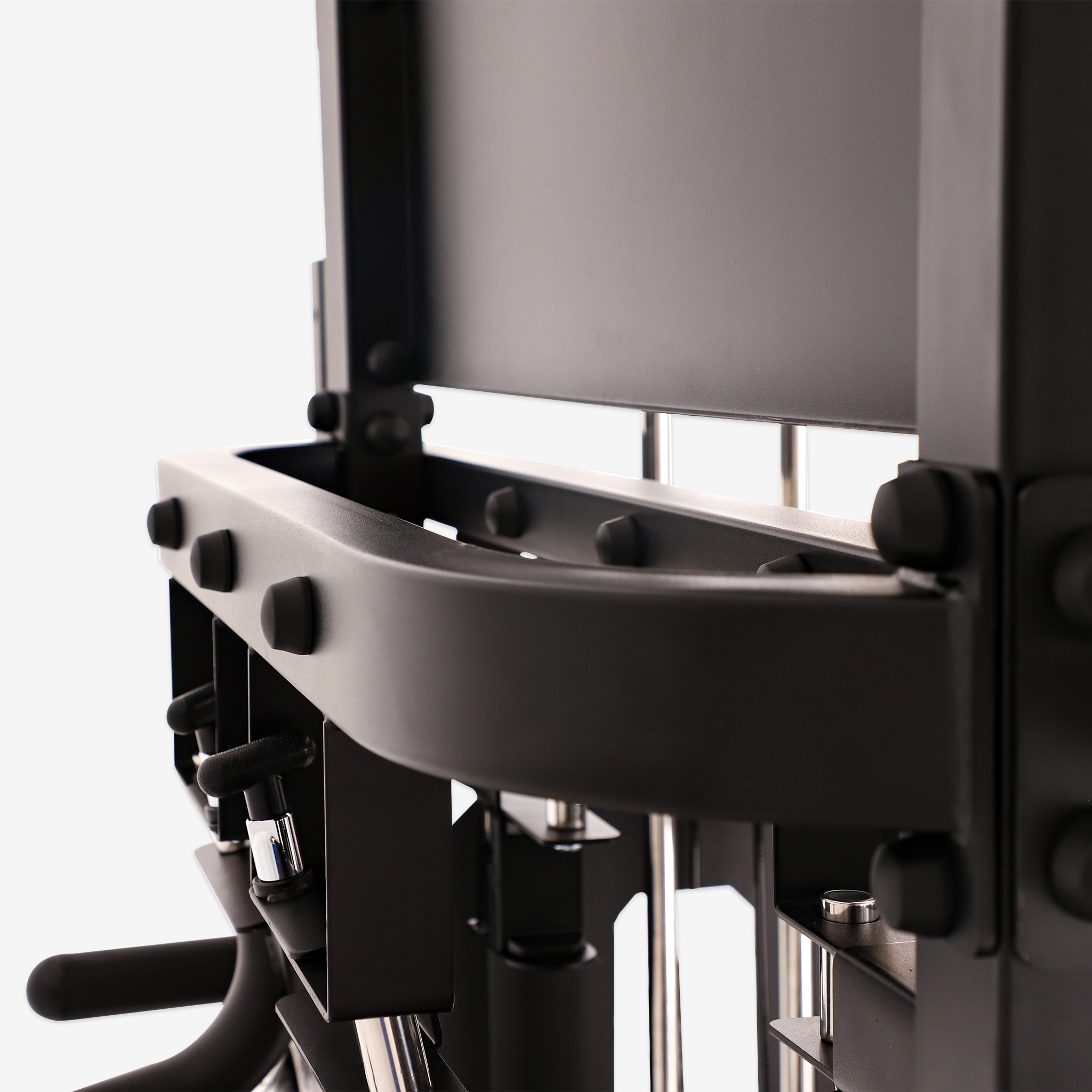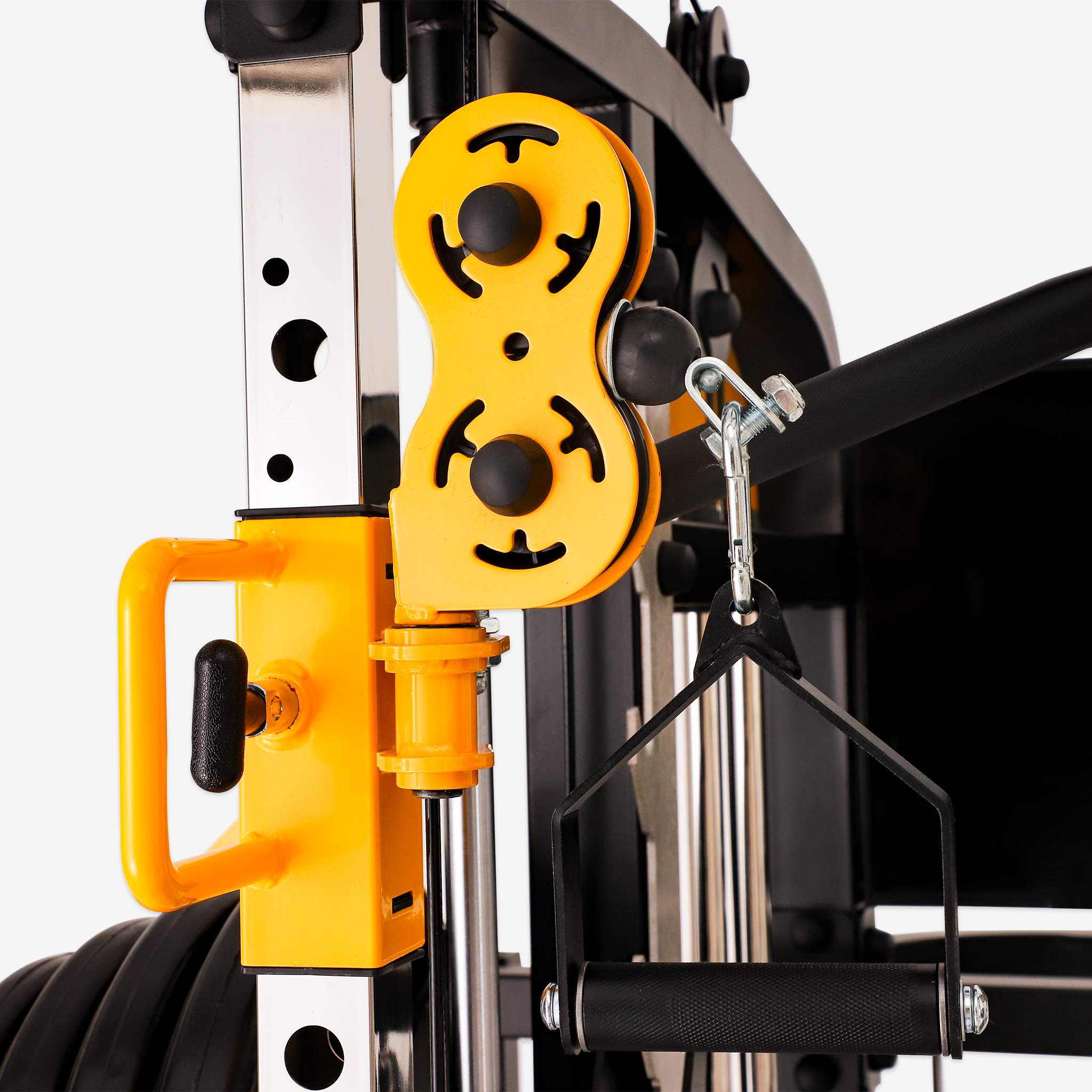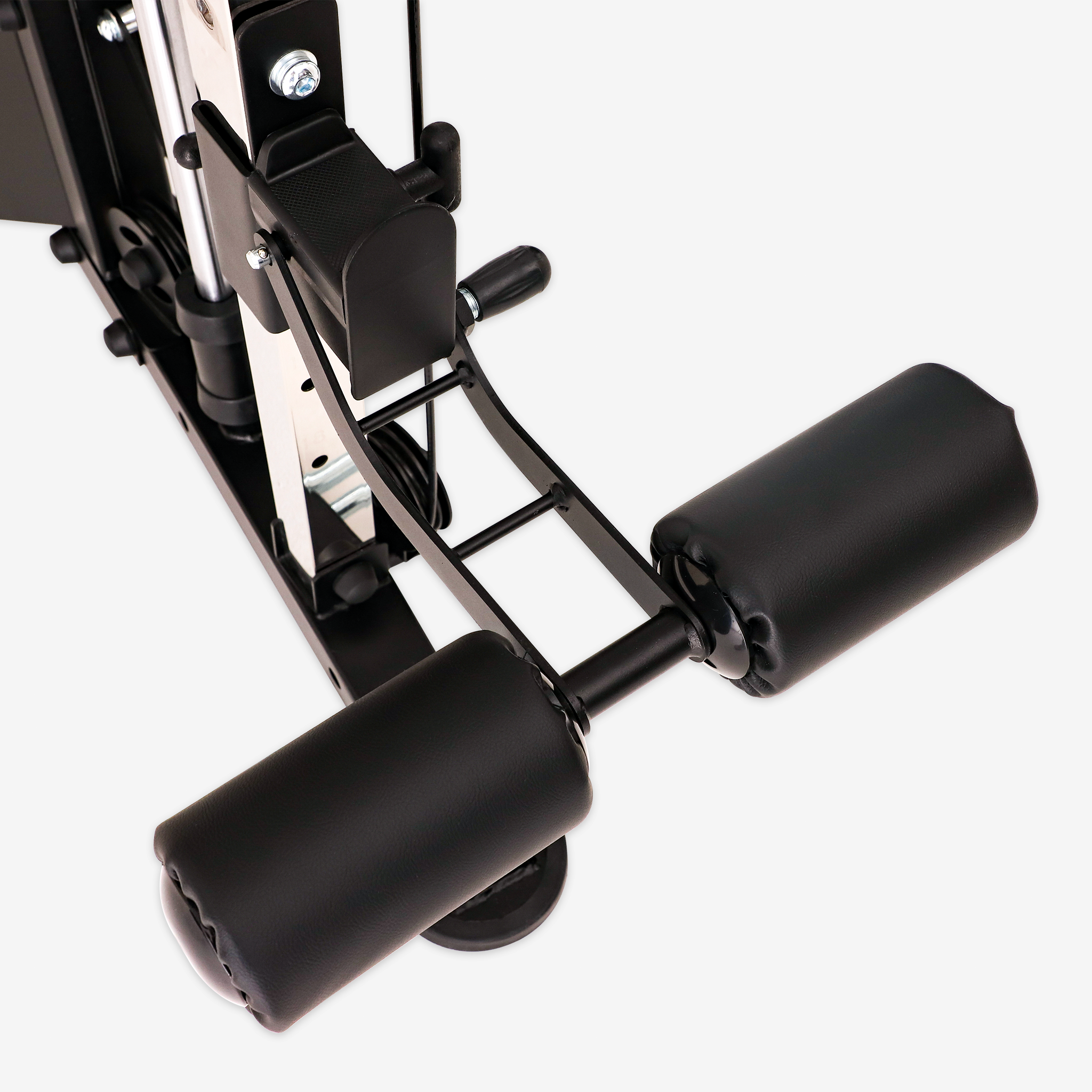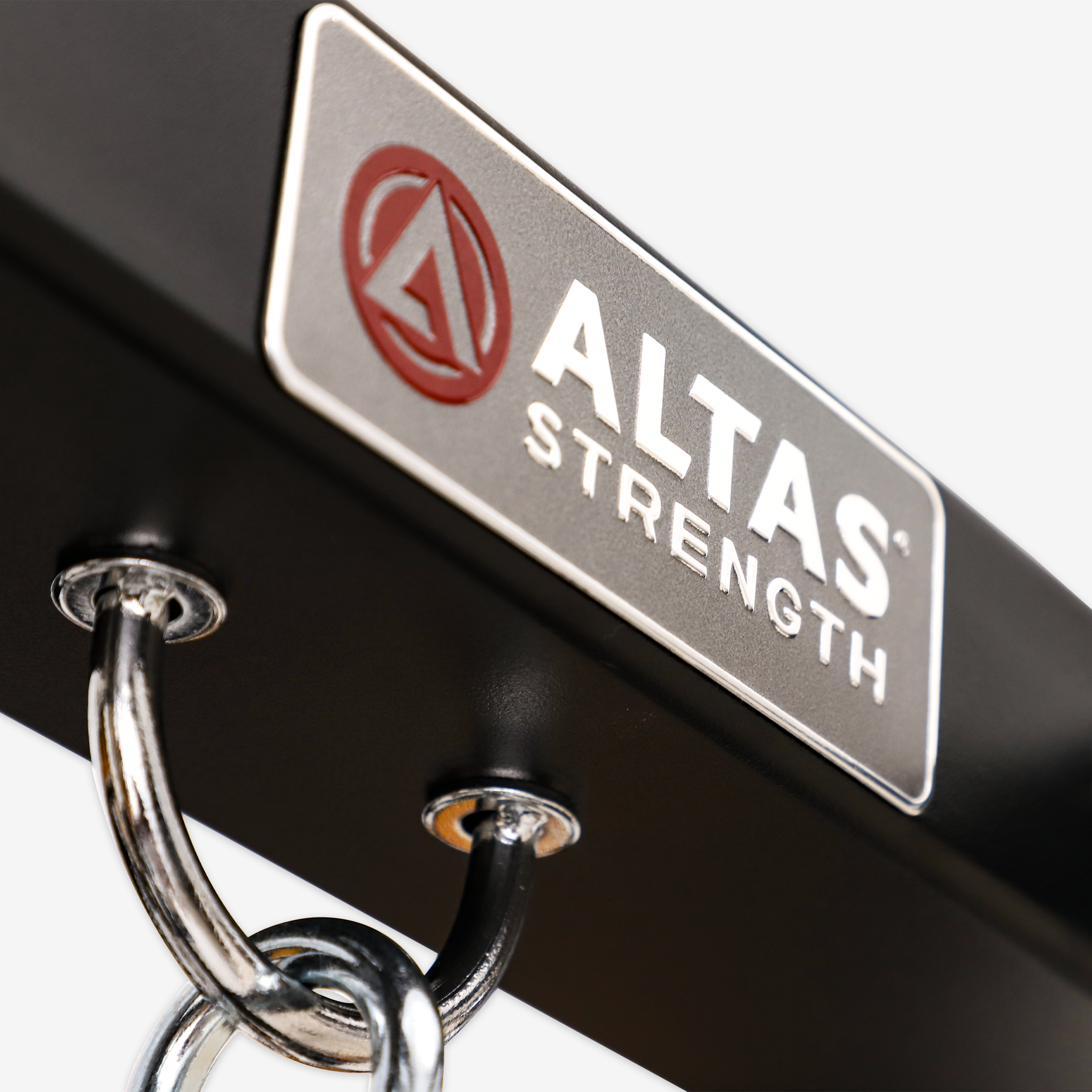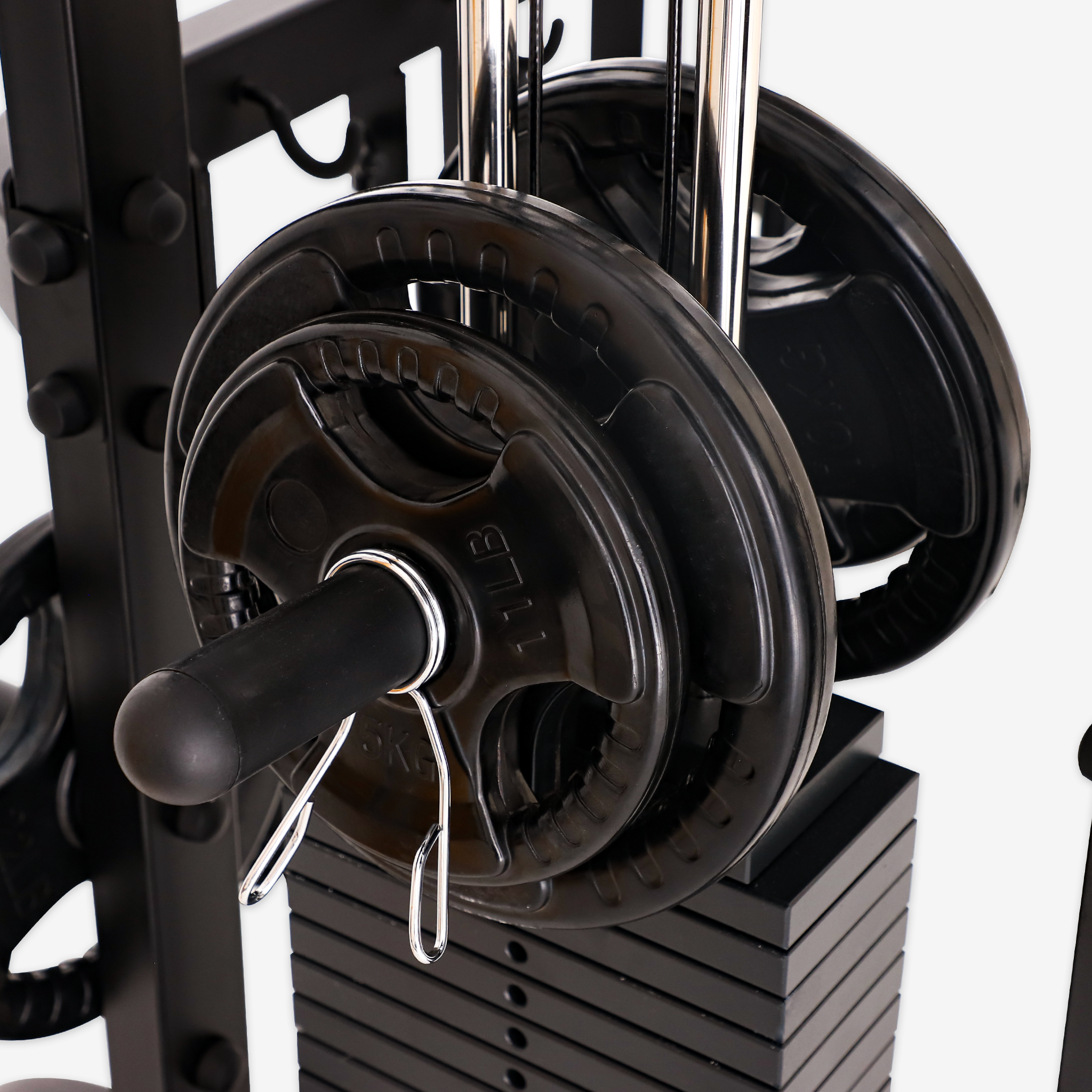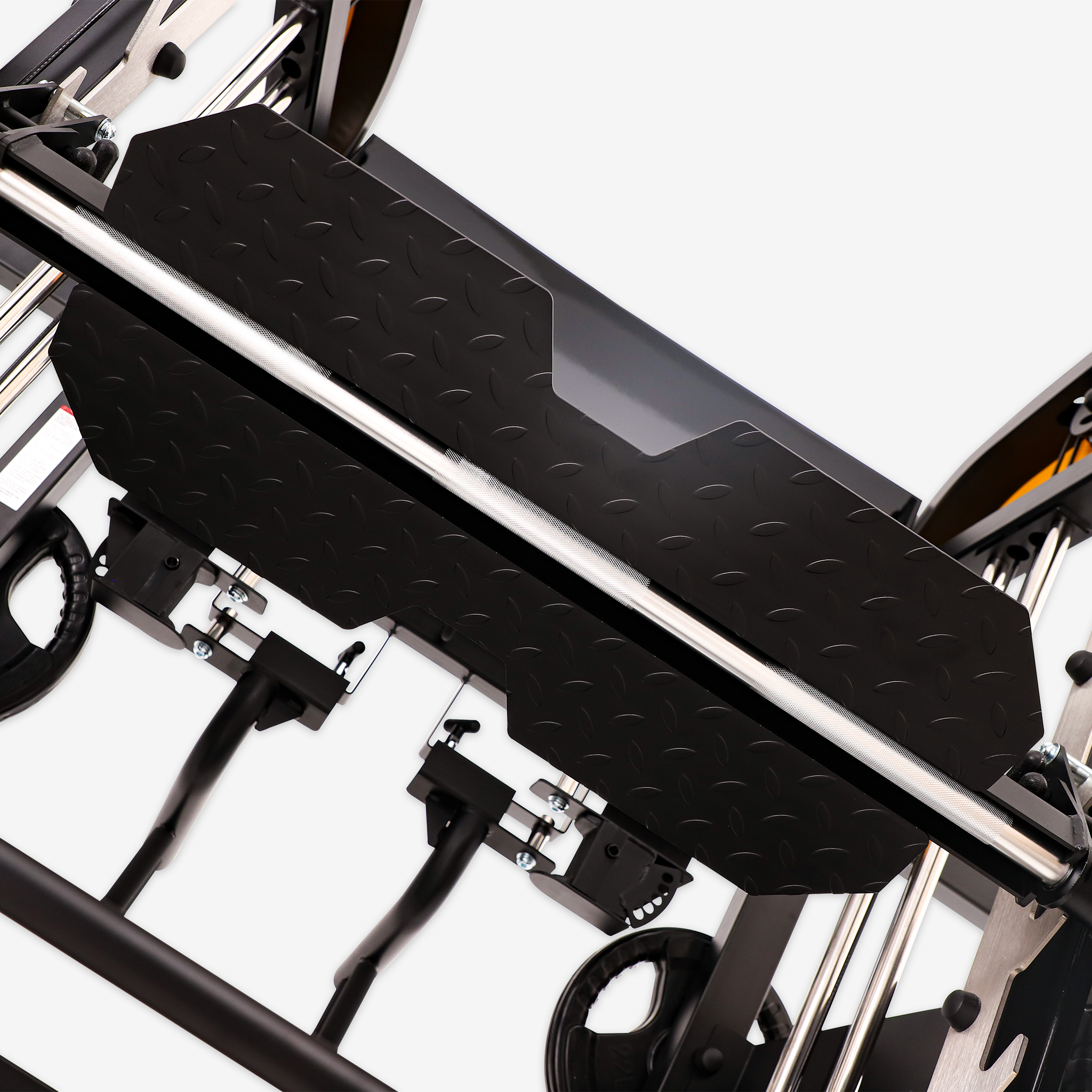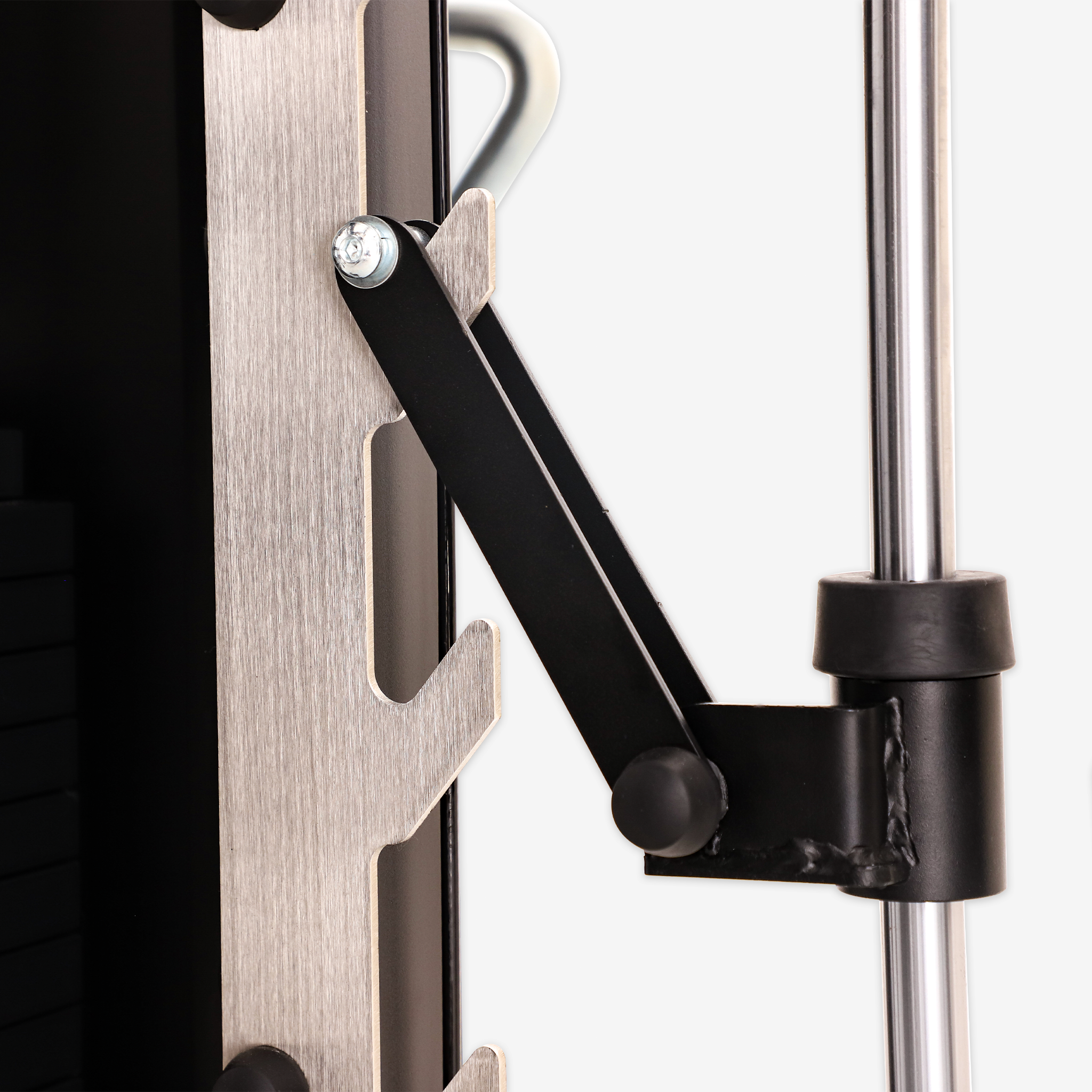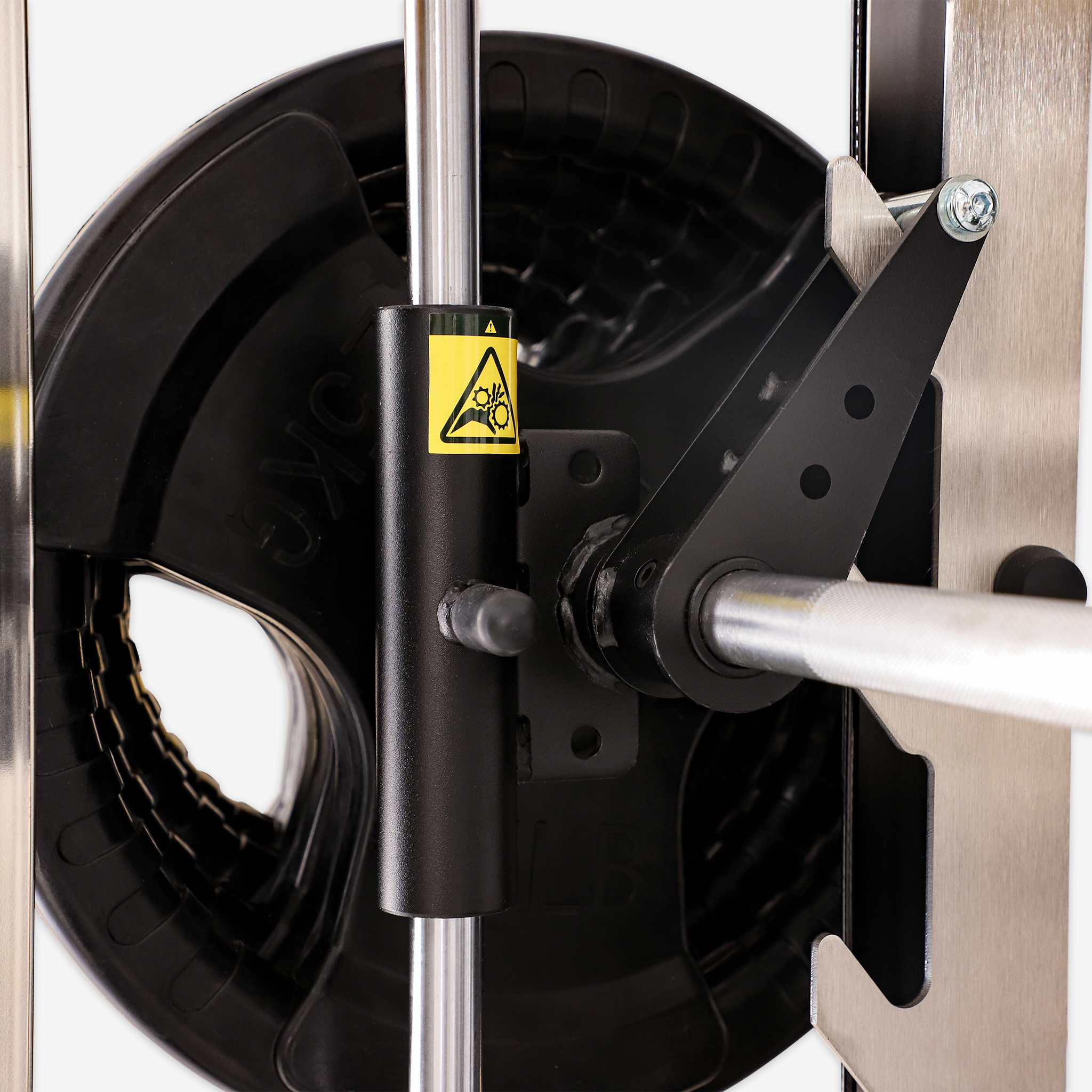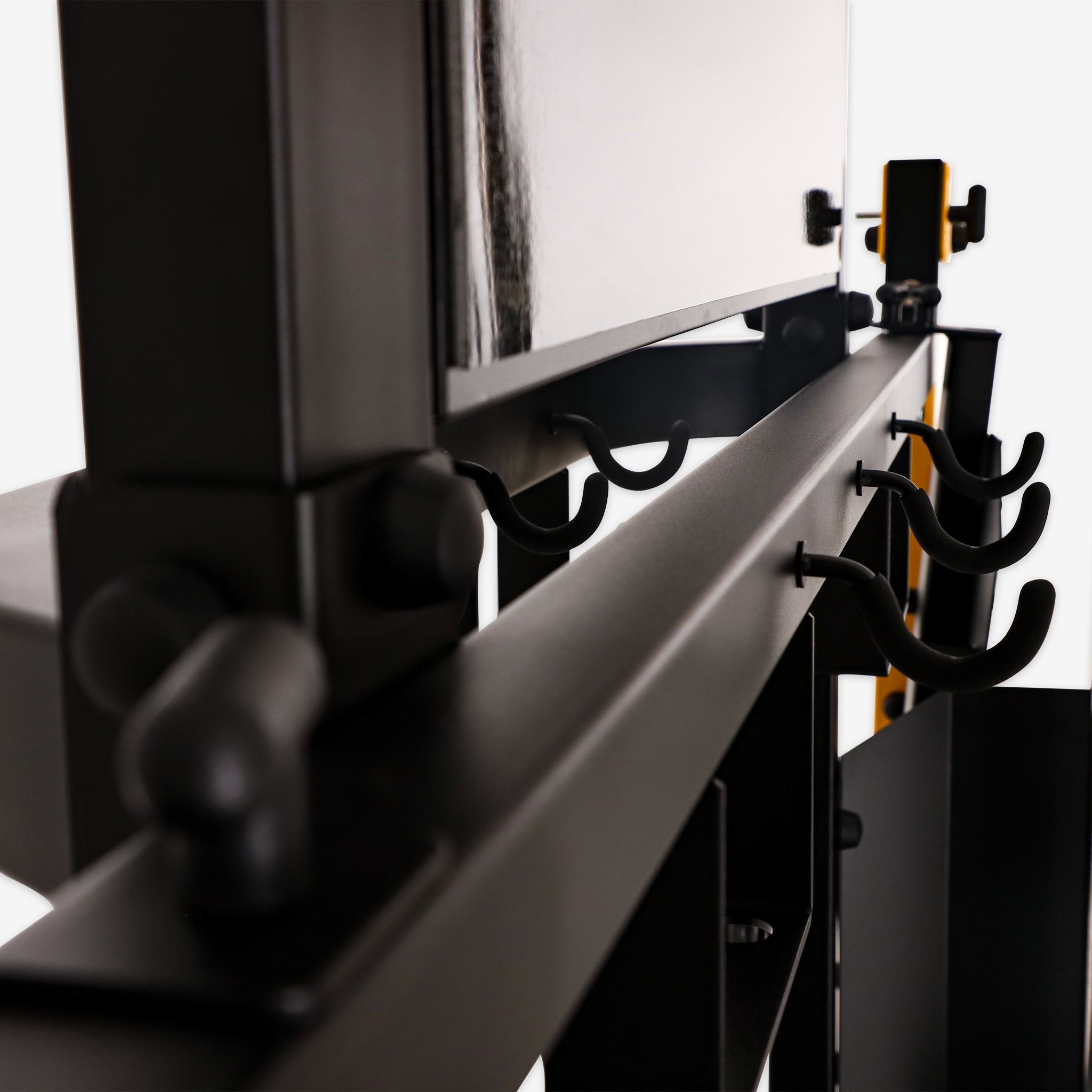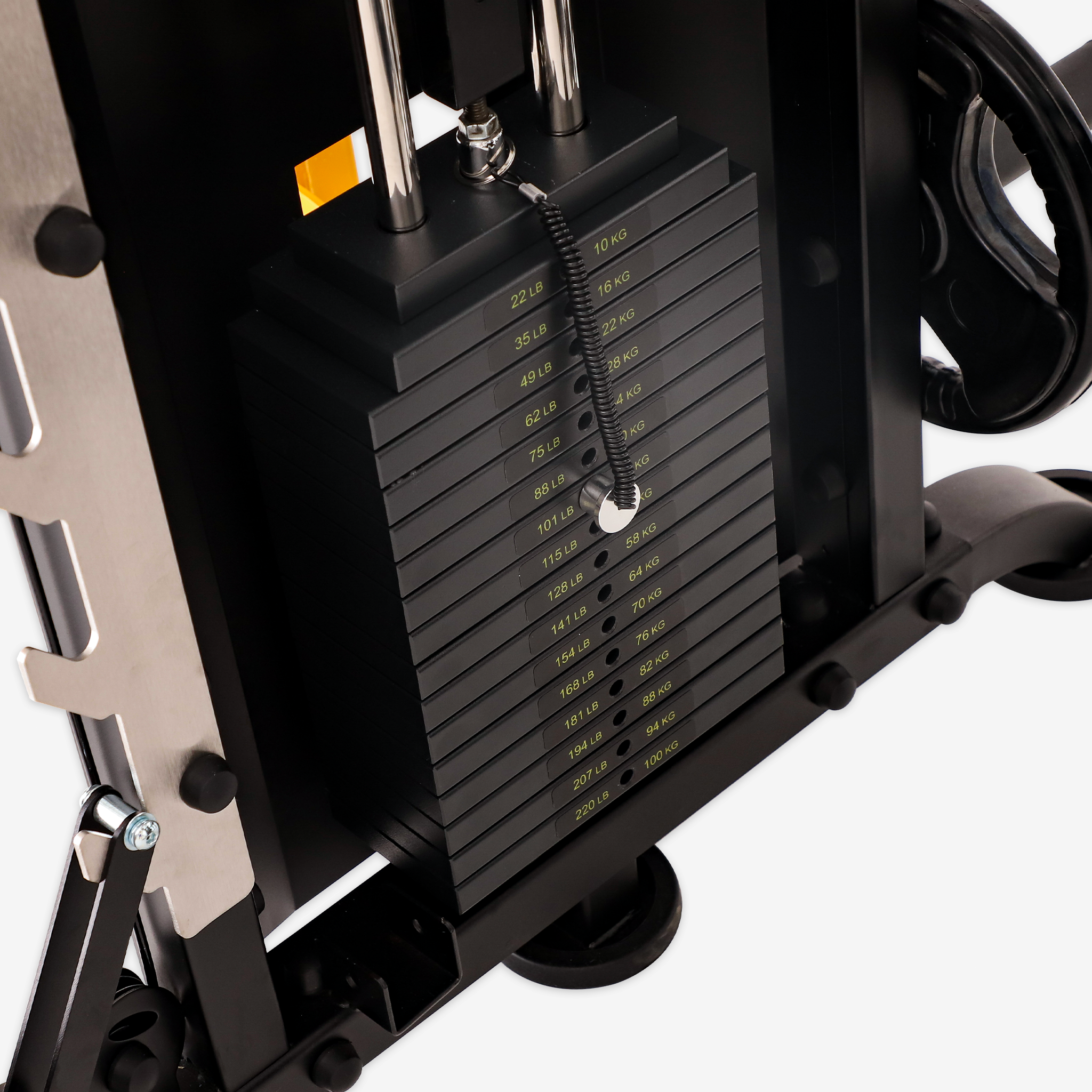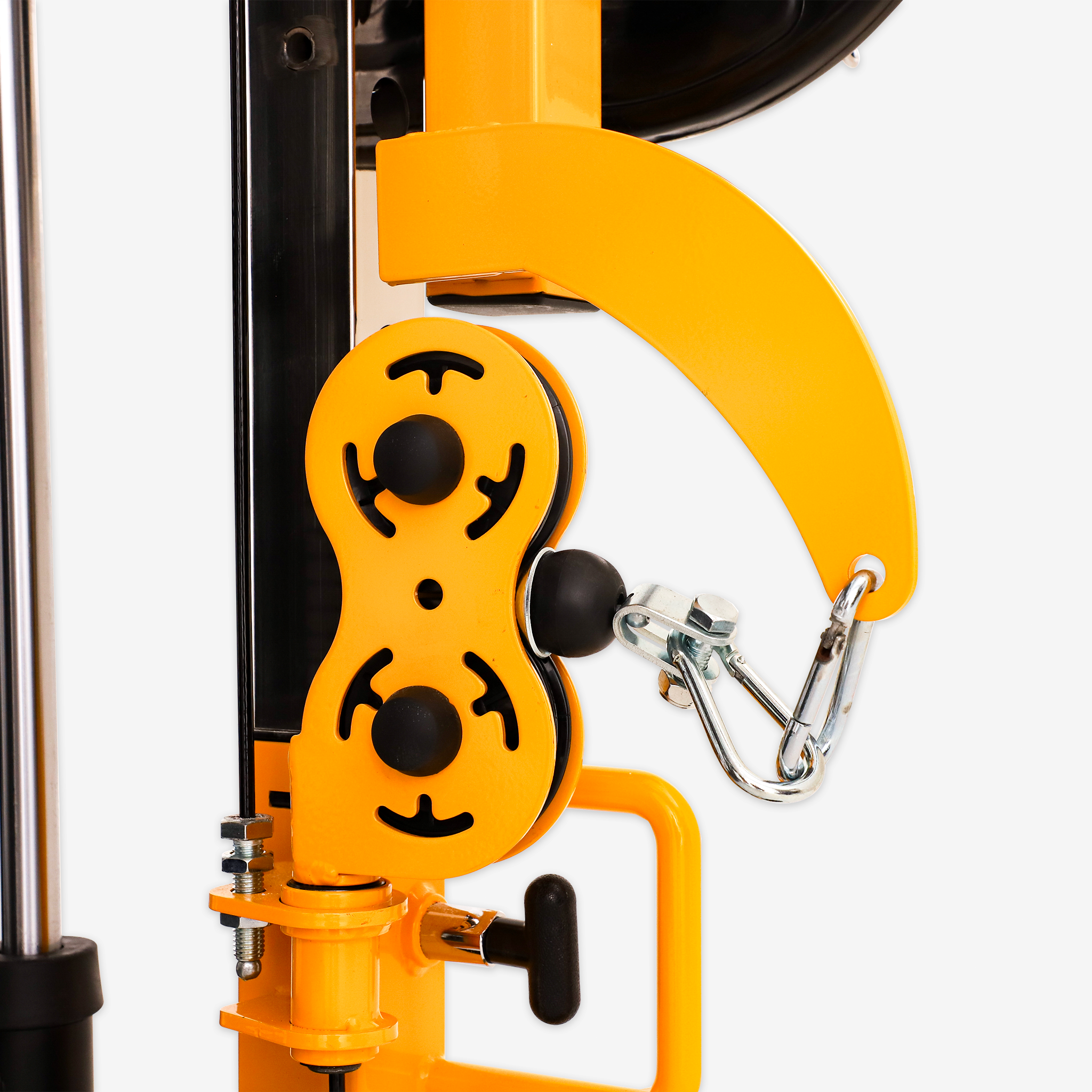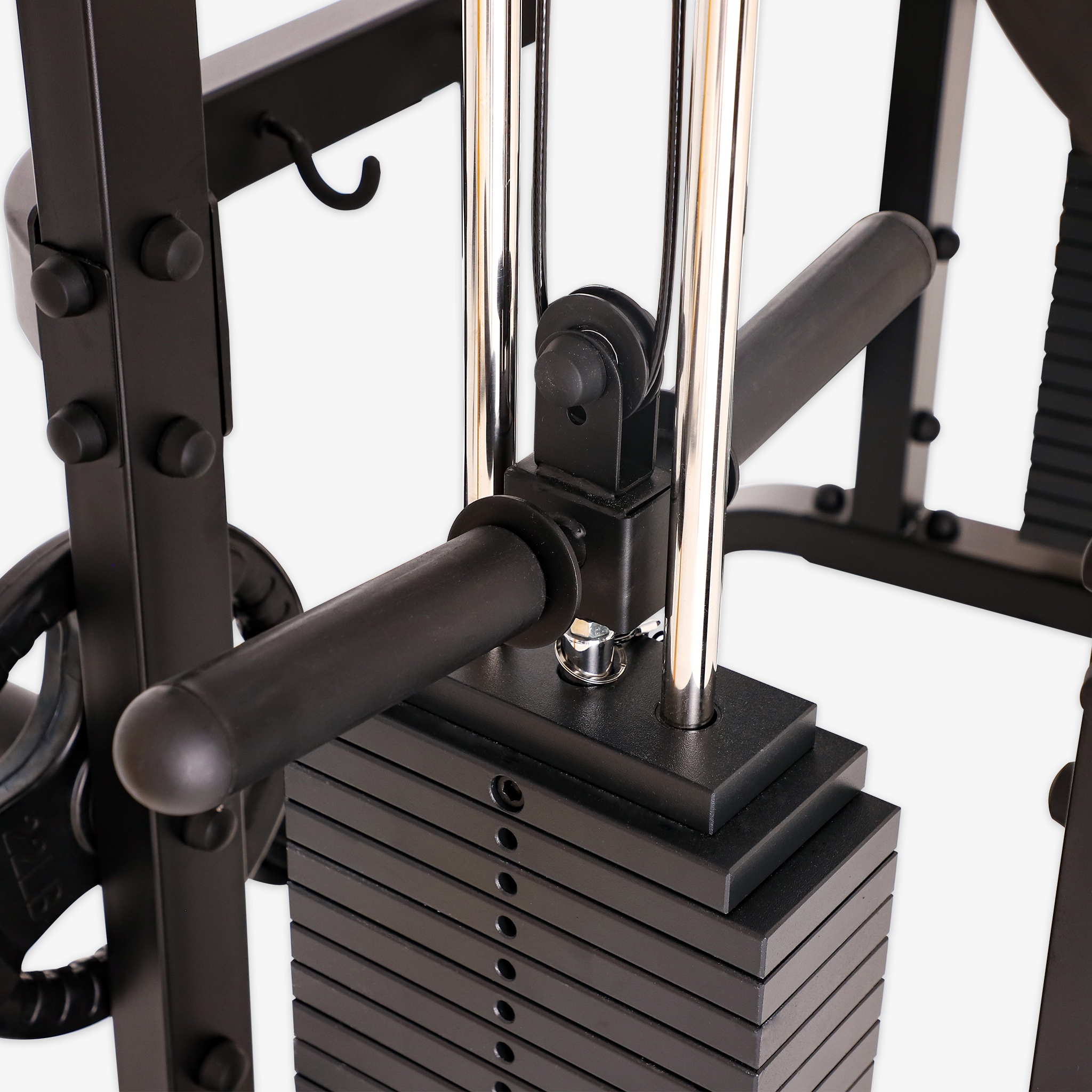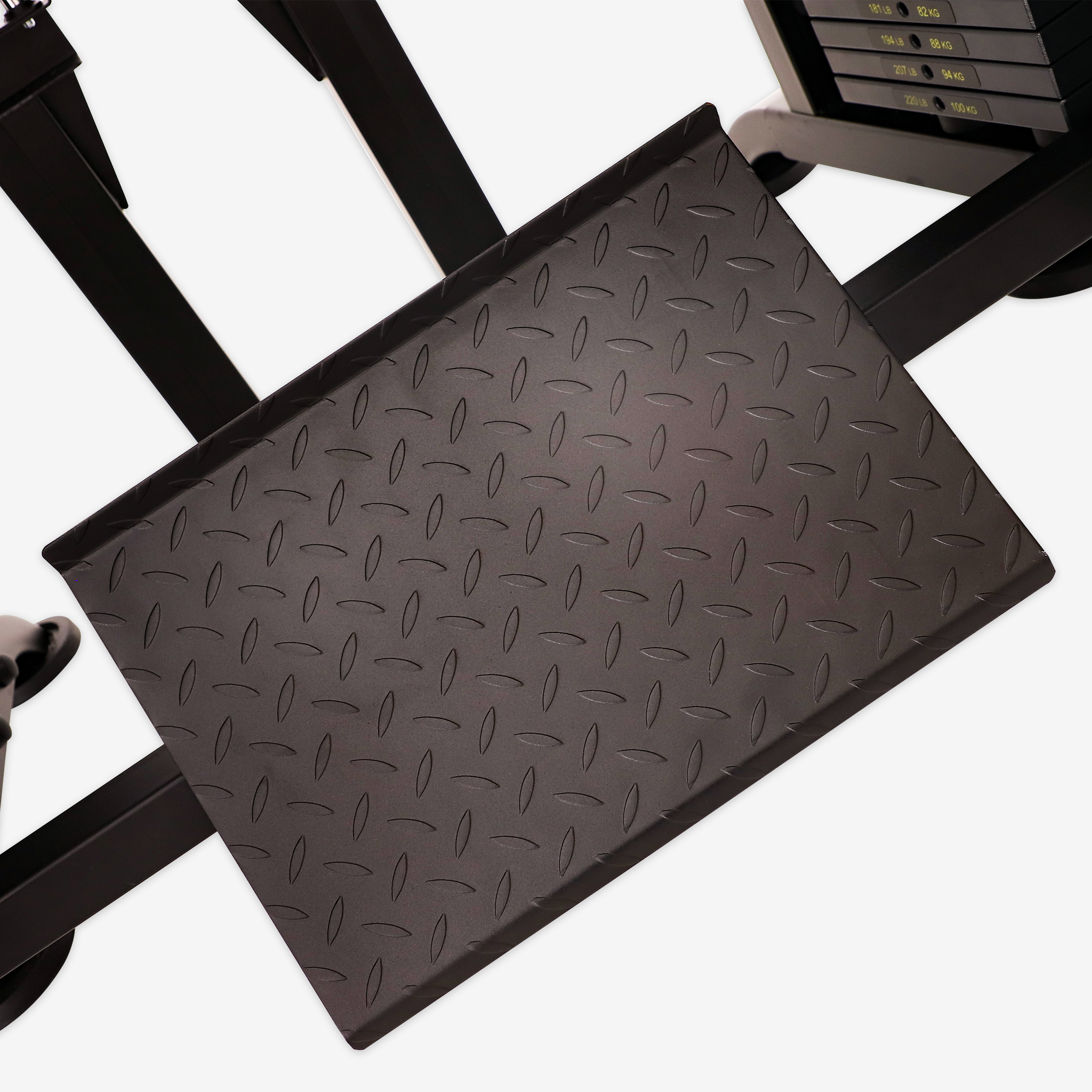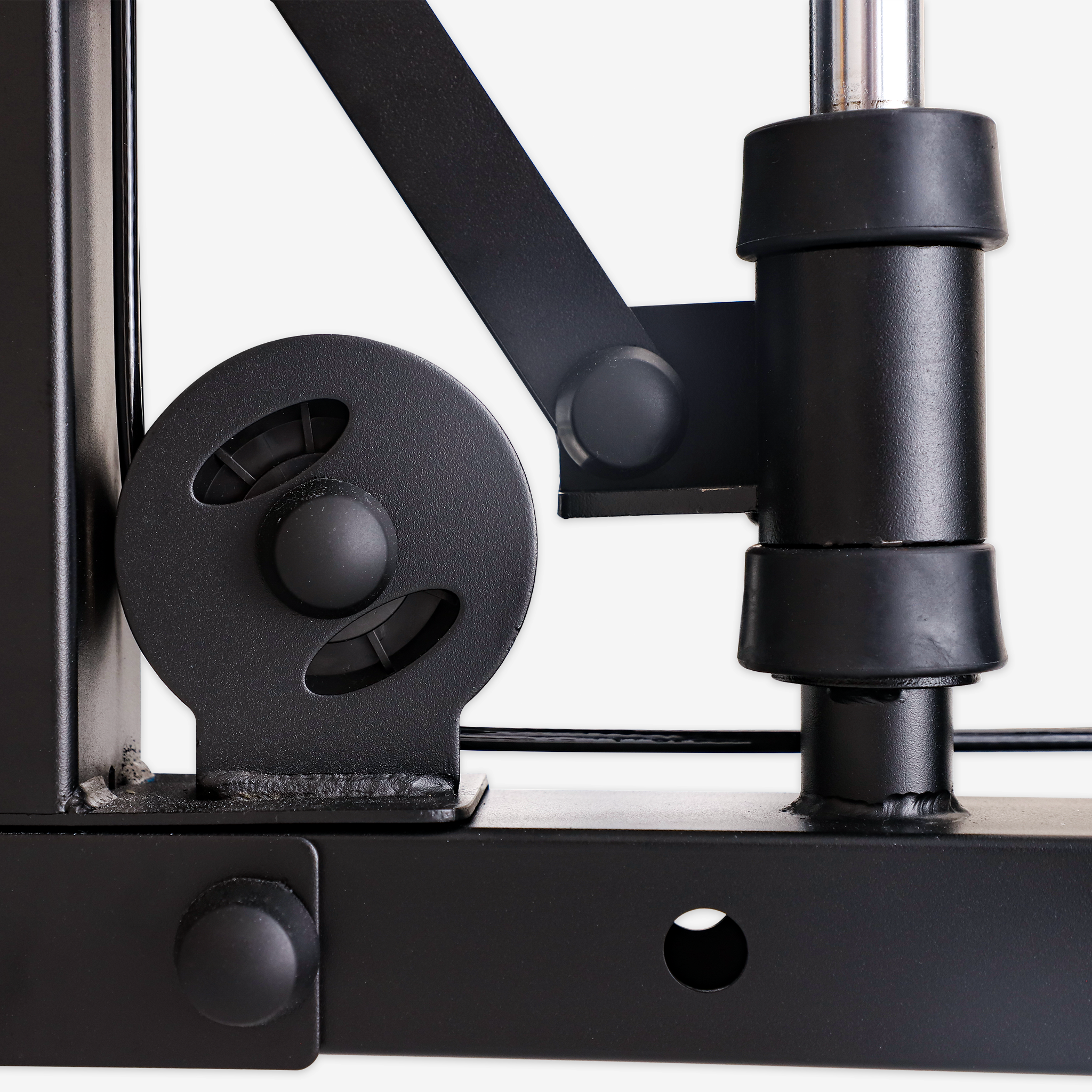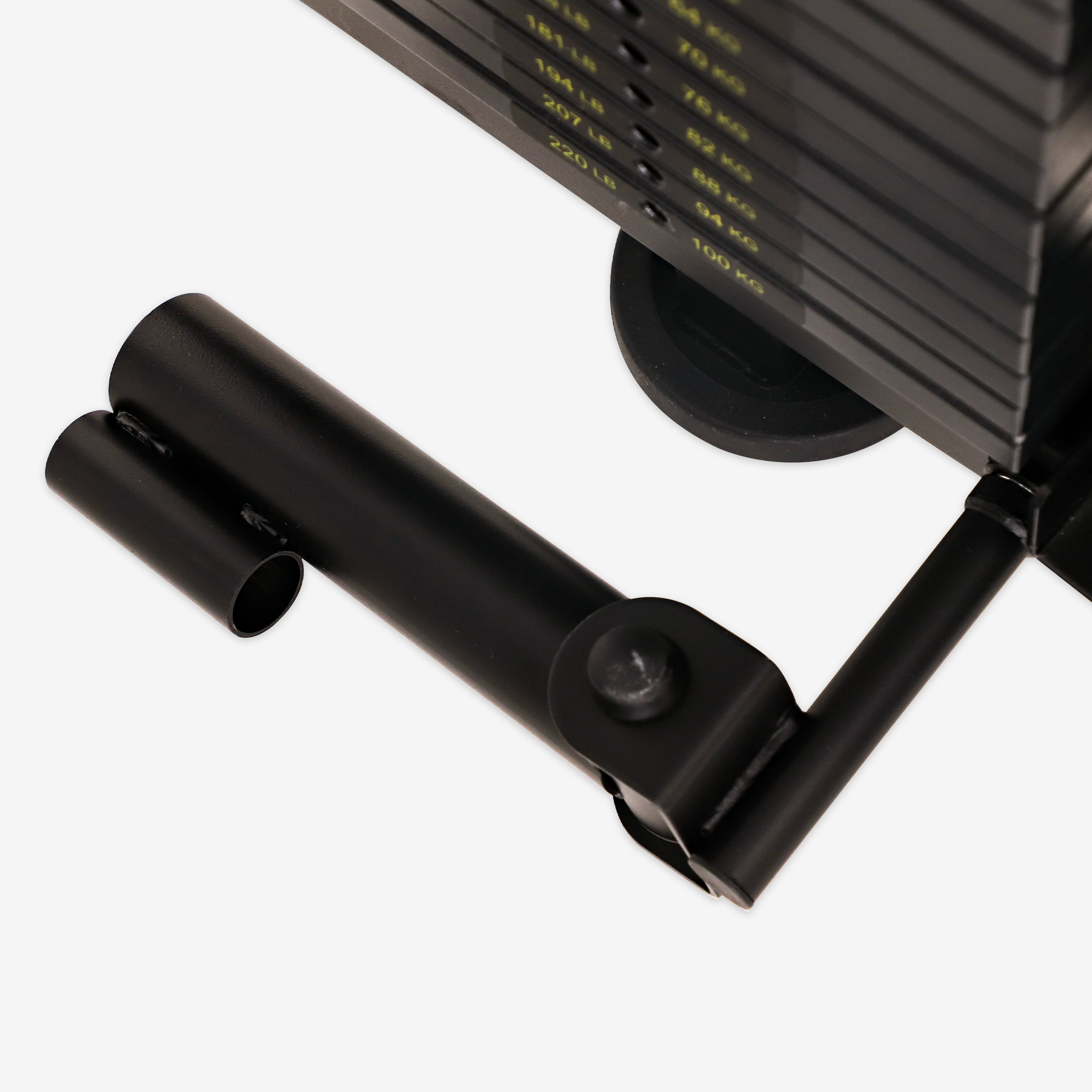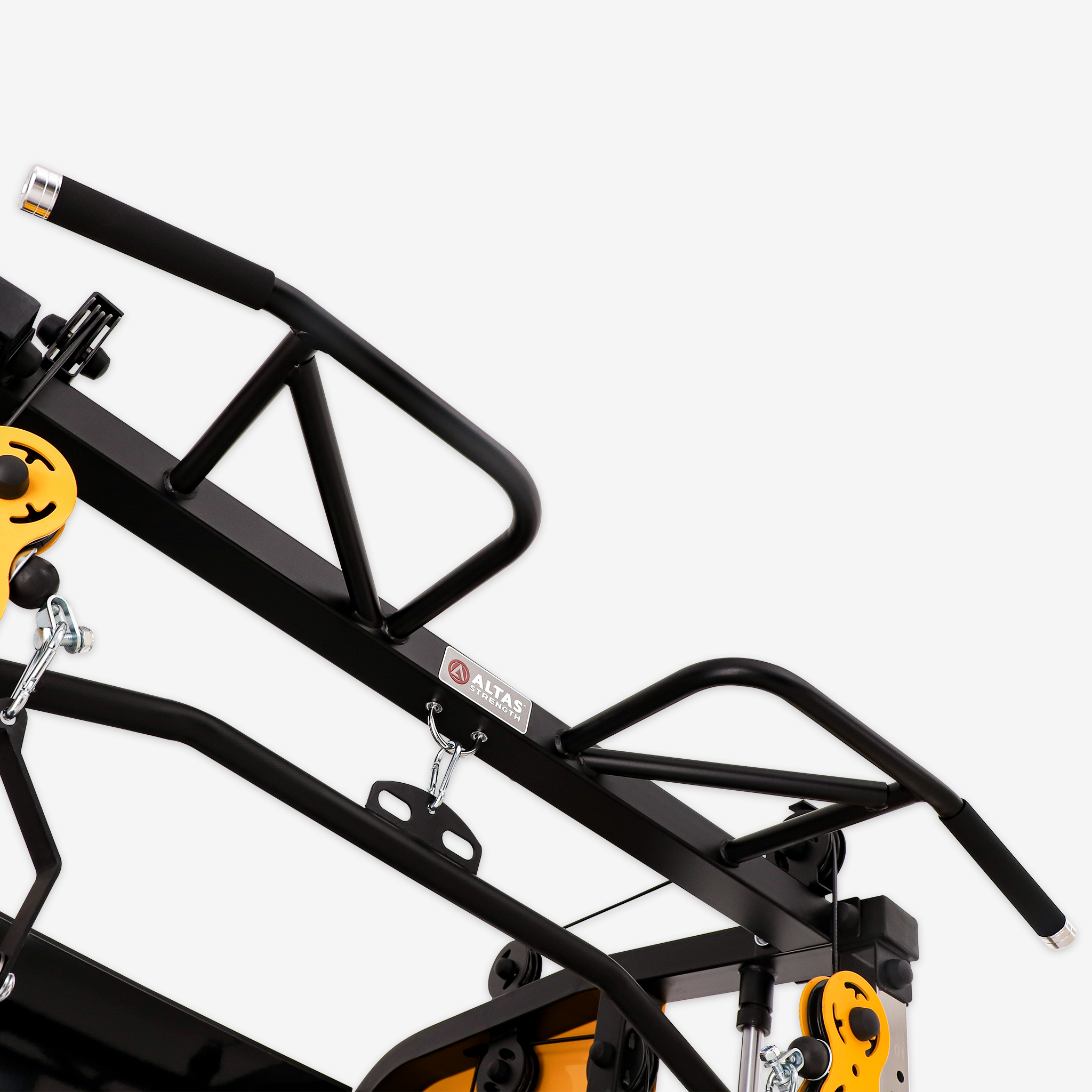Introduction
In modern gyms, commercial-grade workout equipment has become a cornerstone of professional fitness experiences. Unlike home-use machines, commercial equipment is built for durability, functionality, and smart integration. It creates a safer, more efficient, and more enjoyable training environment for users while supporting gyms in achieving long-term member satisfaction and retention.
1. Multi-Functionality and Training Diversity
Commercial fitness equipment often features modular or multi-station designs, enabling one machine to perform multiple exercises. Members can complete leg presses, chest presses, rows, and more on the same device, ensuring full-body training without equipment shortages. This variety keeps workouts engaging and prevents training plateaus, motivating users to stick to their fitness journey.
2. Cardiovascular Health and Fat Loss
Aerobic commercial machines—such as treadmills, ellipticals, and stationary bikes—offer both low-impact and high-intensity training options. Regular use strengthens the cardiovascular system, improves endurance, burns calories, and supports fat loss. Low-impact equipment like ellipticals and recumbent bikes are especially joint-friendly, making them suitable for users of all ages.
3. Safety and Precision in Strength Training
Commercial strength equipment is engineered for safety. Features like fixed tracks and adjustable safety locks protect users during heavy lifts by stopping movements instantly if needed. The precise mechanics of these machines allow for targeted training without requiring advanced stability skills, ensuring efficient strength development. Machines that isolate specific muscle groups also support balanced growth and injury prevention.
4. Economic and Maintenance Advantages
Built with high-grade steel and premium components, commercial gym equipment withstands frequent use without compromising performance. Its long lifespan reduces repair and replacement costs, while manufacturers typically provide extended warranties and professional after-sales service. For gym owners, this means higher cost-effectiveness and long-term reliability.
Conclusion
Commercial workout equipment is more than just gym machinery—it’s the backbone of modern fitness environments. With its durability, multi-functionality, safety features, and long-term value, it not only improves member health outcomes but also elevates gym reputation and profitability. By investing in high-quality commercial-grade machines, fitness facilities can create a professional, sustainable training environment that keeps members motivated and engaged.

